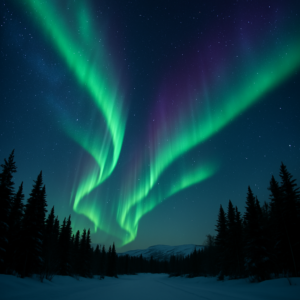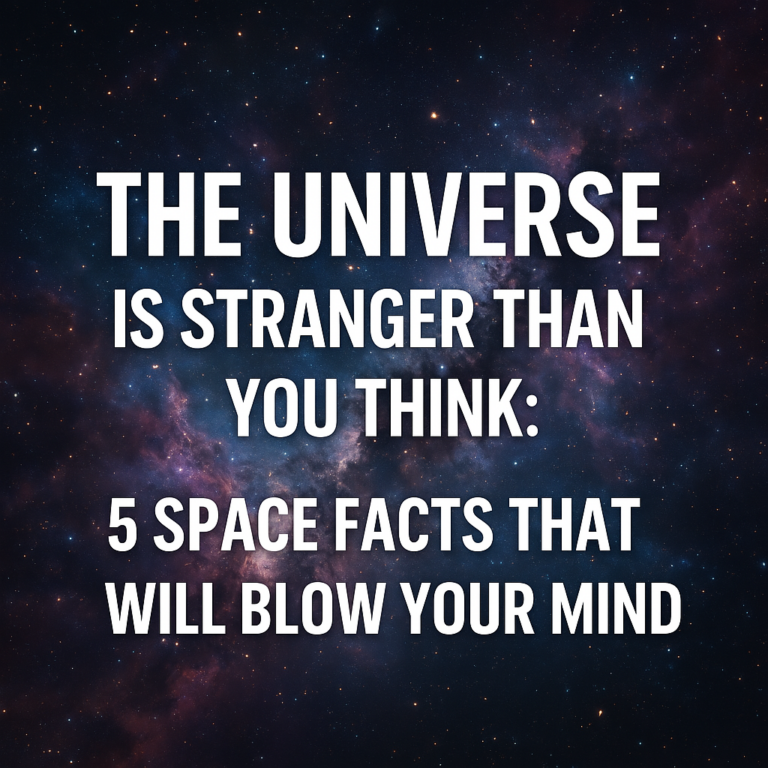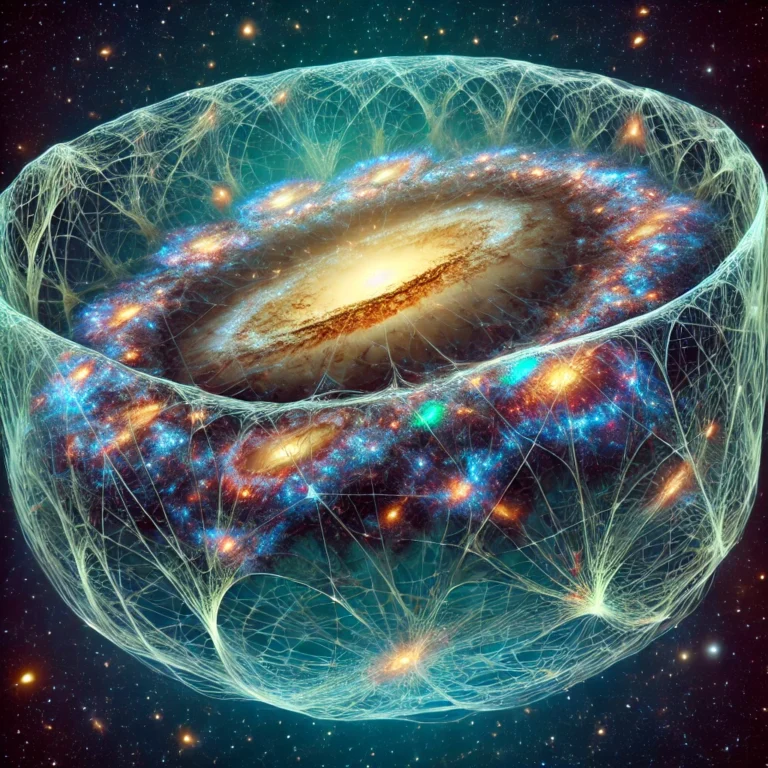For centuries, people across the Northern Hemisphere have gazed up in awe at the glowing waves of green, purple, and red that ripple across the sky. Known as the aurora borealis, or northern lights, this natural light show feels almost magical. But behind the beauty is a fascinating scientific process that begins 93 million miles away—with our Sun.
 It All Starts With the Sun
It All Starts With the Sun
The Sun constantly emits a stream of charged particles known as the solar wind. During periods of increased solar activity, such as solar flares or coronal mass ejections (CMEs), massive clouds of these particles are hurled toward Earth at incredible speeds.
When these charged particles collide with Earth’s magnetosphere—the magnetic bubble that protects our planet—they are redirected toward the poles.
 Earth’s Magnetic Field: Nature’s Defense Shield
Earth’s Magnetic Field: Nature’s Defense Shield
Earth’s magnetic field guides the solar particles toward the polar regions, where the magnetic field lines converge. This is why auroras are most commonly seen near the Arctic and Antarctic Circles.
As the particles enter our atmosphere, they interact with gases like oxygen and nitrogen, transferring energy in the process. The result? Spectacular bursts of light.
 Why All the Colors?
Why All the Colors?
- Green is the most common aurora color, produced by oxygen molecules about 60–150 miles above Earth.
- Red appears at even higher altitudes and is also caused by oxygen.
- Blue and purple hues come from nitrogen atoms interacting at lower altitudes.
The specific color depends on the type of gas involved and the altitude at which the collision happens.
 Can You Predict an Aurora?
Can You Predict an Aurora?
Yes! Scientists use space weather data to forecast auroras based on solar activity. Tools like the Aurora Forecast Index (Kp Index) help predict visibility, especially during geomagnetic storms.
 Aurora Beyond Earth
Aurora Beyond Earth
Auroras aren’t exclusive to Earth. Planets like Jupiter and Saturn have powerful magnetic fields and thick atmospheres, giving rise to massive, alien auroras captured by spacecraft like Juno and Cassini.
Final Thoughts
The aurora borealis is more than just a light show—it’s a beautiful reminder of Earth’s place in the solar system and the invisible forces that shape our world. As we continue to study the Sun-Earth connection, auroras remain one of the most breathtaking natural phenomena rooted in real, powerful science.
Want more cosmic wonders and cutting-edge science?
Follow theaiscience.com for your daily dose of curiosity and discovery.
Subscribe to our newsletter!
 Did You Know?
Did You Know?



